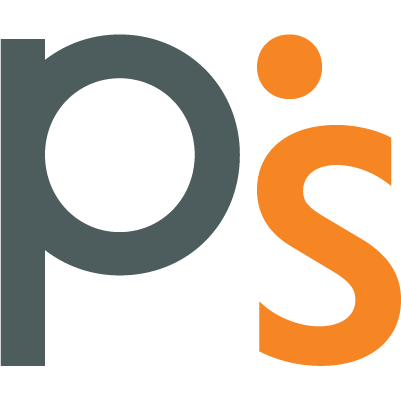RFM segmentation: data analysis in marketing, an overview with an example

TABLE OF CONTENTS
Profit.Store

28
What is RFM analysis?
RFM analysis - An analytics methodology that allows you to segment customers by frequency, age and spend, and identify those who bring in more money.
The RFM analysis is based on 3 indicators that characterise the purchasing of each individual customer:
RFM segmentation indicators
| Recency (Age of purchase) | Frequency (Frequency of purchase) | Monetary (Purchase amount) |
|---|---|---|
| When (how long ago) the customer last placed an order. A high age rating means that the customer already has a fairly good impression of your brand and has therefore recently purchased from you. You can see the age of your customer base by sorting customers by the date of their last purchase. | How often a customer places an order with you over a given period of time. A high frequency rate indicates that the customer likes your brand, products and services, so they come back to you often. To calculate frequency, divide the total number of purchases/visits by the number of months/days/years, etc. | How much money the customer has spent with you over time (total spend). A high level of this indicator means that the customer likes to shop with you. |
Why do you need RFM analysis?
Based on three characteristics (Recency, Frequency and Monetary) you can divide all your customers into groups and understand which of them buy from you often and a lot, which of them buy from you often but not a lot, and which of them haven't bought anything for a long time. Each of the variables involved in RFM is responsible for one of the key customer characteristics.
RFM segmentation helps companies study their customers' behaviour and target them in a more personalised way. Since only a small percentage of customers can respond to generic advertising campaigns, it is important to make communication with them more individual and effective.
RFM analysis helps to identify three main types of customers:
- High-value customers: those who have recently made large purchases and do so regularly. They are worth targeting with high quality products and services.
- Potential customers: those who have made one or more purchases but have not become regular customers. They need additional incentives such as special offers or discounts.
- Lost customers: those who were once active but have not made a purchase in a long time. You can consider reactivation strategies to encourage them to return.
Using the insights from RFM analysis, you can determine the best communication strategies for each of these segments, ensuring more effective marketing and increased customer loyalty.
Customer retention and the development of long-term relationships are important components of a successful business. Constantly acquiring new customers can be costly and less efficient than retaining and developing relationships with existing customers.
RFM metrics are important indicators of customer attitudes towards your brand, as the frequency and amount of purchases directly affect LTV, and the length of time since a visit can be used to assess the relevance of your brand to the customer.
RFM analysis answers the following questions
- Who are my best clients
- Which of my clients are on the verge of churning
- Who can potentially be transferred to a higher paying segment
- Who are my lost customers that I need to pay special attention to
- Which clients should be retained
- Which of my customers is most loyal to my brand
- Which customer segment responds best to advertising campaigns
Benefits of RFM segmentation
Targeting specific email campaigns to specific groups of customers results in a much higher ad conversion rate than the same non-personalised ad.
When planning an advertising campaign, it is important to understand the target customer segment and develop content that best meets their needs and interests. This approach helps to save resources and make the campaign more effective.
Instead of spending money on creating and running ads, invest time in researching your target audience. Understanding their needs and views will help you create content that will grab their attention and resonate with them. Then, when you're confident in your content, you can launch an advertising campaign specifically targeted at that audience.
For a practical example, see RFM Analysis, where we use our client's example to show how to implement segmentation and build personalised marketing around it.
Conclusion.
Customer base segmentation is an important step for any business, as it helps to build personalised funnels to each segment of the customer base, thereby increasing marketing efficiency and reducing customer acquisition costs.
Segmentation allows you to solve two key tasks:
- Marketing activities: By segmenting your customer base, you can tailor your marketing campaigns and advertising to be more targeted and effective. You can identify which segments are the most valuable and invest more resources in serving them.
- Personalise offers: After segmentation, you can create individual promotional offers for each segment, taking into account their needs and interests. This helps to increase customer loyalty and improve their experience.
When segmenting, it is important to consider various criteria such as demographics, purchases, behaviour and other factors that characterise your audience. This will help you create balanced and effective strategies for working with different customer segments.
SHARE
OTHER ARTICLES BY THIS AUTHOR
Get the most exciting news first!
Expert articles, interviews with entrepreneurs and CEOs, research, analytics, and service reviews: be up to date with business and technology news and trends. Subscribe to the newsletter!



